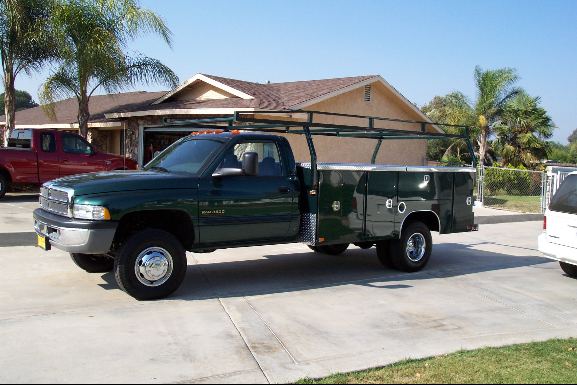While working on my house I am reminded of the problems associated with keeping track of, and keeping straight, all of the small hand tools, power tools, fasteners, cords, specialized hardware, electrical materials, and any other items involved in construction and remodeling. The matter is further complicated by the fact that I have to live in the middle of it.
I am curious as to what methods, devices, cabinets, carts, etc., you have found to be helpful in organizing all of the many things used in remodeling and construction, keeping everything contained and mobile, and yet able to be found and used. This question will have relevance to those of you in the construction trades, and no doubt many of you who have struggled as I do now.
Discuss freely....
I am curious as to what methods, devices, cabinets, carts, etc., you have found to be helpful in organizing all of the many things used in remodeling and construction, keeping everything contained and mobile, and yet able to be found and used. This question will have relevance to those of you in the construction trades, and no doubt many of you who have struggled as I do now.
Discuss freely....

Comment